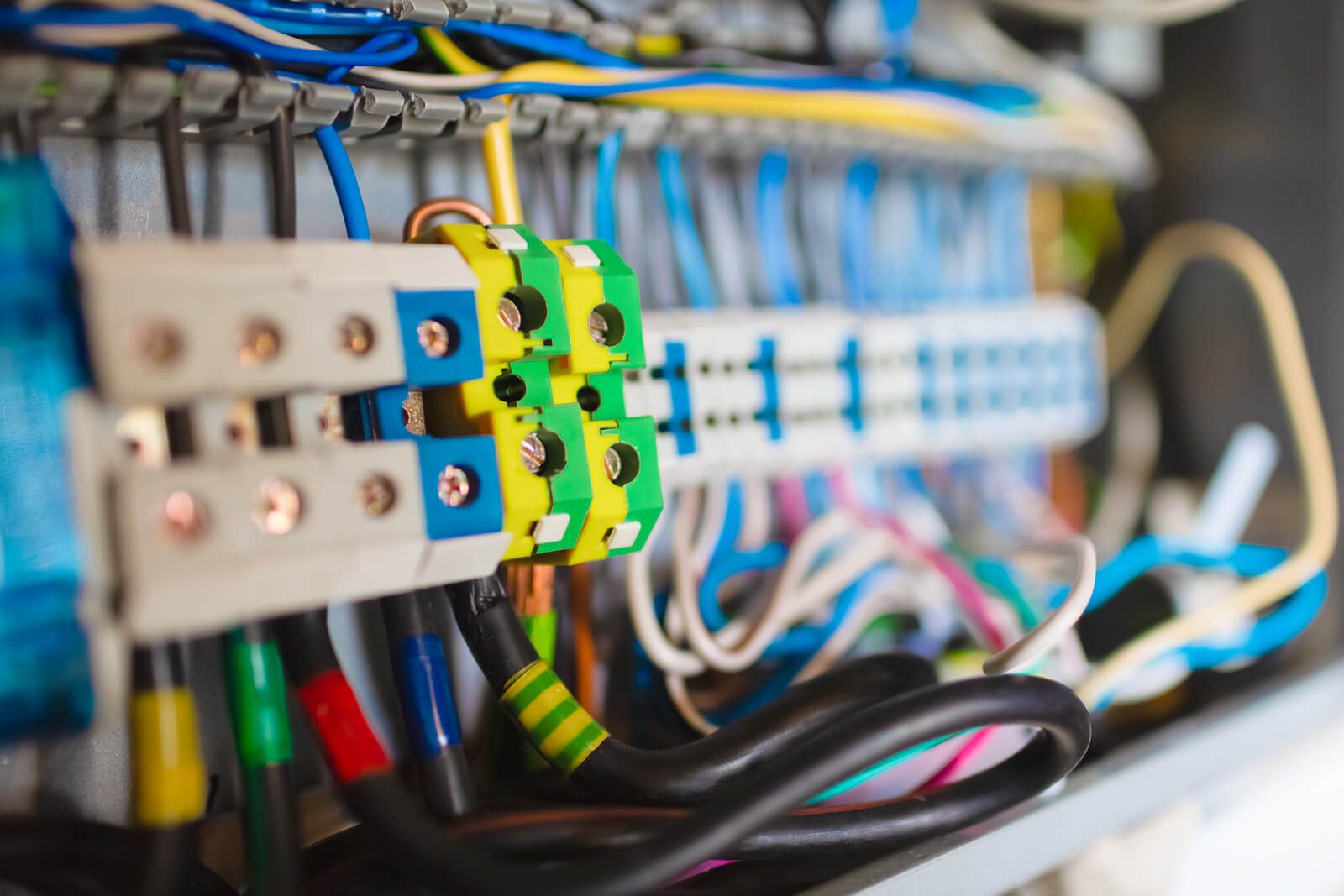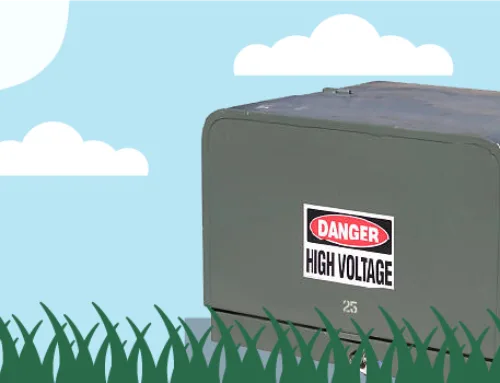How is Electricity Made?
by Tyler Castle
2.8 min read

Ever since scientists discovered how to harness and manipulate electricity in the 19th century, our lives have improved in countless ways. Electricity powers our homes and all the devices that make our lives convenient and comfortable. But how is electricity made? The top sources of electricity are fossil fuels, nuclear power, and renewable resources. In this blog post, we’re going to be talking about the systems that produce electricity and each source that aid in its production.
How Does Electricity Work?
The majority of electricity generated in the U.S. uses turbines. Turbines use steam or combustion gases to rotate a series of blades that then power a generator. The generator then converts mechanical energy into the electrical energy that goes into homes and businesses. The types of turbines used can vary and different types include steam turbines, combustion turbines, water turbines, and wind turbines.
Steam turbines use hot water and steam produced by burning fuels in a boiler to drive the turbine which, in turn, powers the generator. The largest power plants in the U.S. (64%) generate electricity by this method.
Combustion turbines are the second most popular (21%) plants in the U.S. Combustion turbines burn gases to create the steam that drives turbines.
Water and wind turbines use water and wind power to drive turbines that power generators. Water and wind turbines each represent less than 10% of the plants in the U.S.
Fossil Fuels
In the U.S., 63% of electricity generation uses fossil fuels to power plants. These fossil fuels include coal, oil, or gas to generate steam that power turbines. Using fossil fuels enables power plants to run reliably over a long period of time. However, shortage of fossil fuels has caused electricity price fluctuations. Further volatility will take place in the future as the planet’s known supply of fossil fuels are depleted. Large scale burning of fossil fuels also takes a toll on our environment as burning carbon fuels releases carbon dioxide which has contributed to global warming and intense climate change.
Nuclear Power
Nuclear power plants use the heat generated during nuclear fission (the splitting of atoms into smaller atoms and thereby releasing energy) to power turbines. Nuclear power plants generate about 20% of the United States’ electricity and generate more than nuclear power than any country in the world.
Nuclear generation is one of the safest and most environment-friendly ways to create electricity. No greenhouse gases are used in the nuclear fission and only a small amount is created during the electricity generation process.
Renewable Energy
Renewable energy such as solar, wind, and hydropower is responsible for 17% of the U.S.’s electricity. Renewable energy does not release greenhouse gases at the point of generation and releases very little during the electricity production process.
However, using renewable energy is not a reliable form of electricity generation as it is dependent on the weather. Wind turbines rely on wind speeds to produce electricity. Solar power requires the presence of sunshine and is hindered by cloud cover.
Plan for Electricity Fluctuations
Due to the nature of electricity generation, customers will likely see fluctuations in their monthly electricity bills. Customers who wish to take control and see some stability in their monthly bill can take advantage of Santanna Energy’s fixed price electricity contracts.
Santanna Energy also gives its customers further savings with its energy rewards program. Contact us today to learn more.
Tyler is an experienced energy professional, having worked for Santanna Energy Services, for the past four years. He is passionate about renewable energy and believes that diversifying the energy grid is the key to a sustainable future. Tyler is dedicated to supplying consumers with the best possible energy solutions and works diligently to make sure that Santanna can deliver the highest quality service.







